
Unravelling India’s Flowing Yards Of Magic
A land of diversity and variety in every sense, the textile industry of India plays a crucial role in contributing to the culture of the country. While the traditions and customs have a unique flavour and identity, the Indian attire and the fabrics reflect the rich heritage of this magnificent land.
From the mountains of Kashmir, to the green paradise of Kerala, to the royal prints of Rajasthan to the vibrant colours of Gujarat, every region has its own handloom technique that each artisan uses to create distinctive designs.
Craftsmanship in India spans back to the Indus valley civilization. The geographical boundaries of the country are home to craftsmen who fuse utility and aesthetics beautifully to design masterpieces. Rural craft is a tradition handed down through generations, but not all make it to the popular markets and stores in the city. Craftsmen with talent unimaginable, it makes it even more important to give them a platform to showcase their genius and timeless art.
From knitting, dyeing, embroidery, weaving, sculpting, painting to block printing, each form is a cultural heritage. Let’s discover some of the regional textile gems hidden within this eclectic land, shall we?
Pashmina
KashmirMade from the finest cashmere wool, the story of luxurious pashmina began over 500 years ago. Artisans have worked with this gorgeous fabric by hand to create exquisite pashmina shawls and elaborate woven and embroidered pieces of art. The word ‘Pashmina’ comes from the Persian word meaning ‘wool’, it takes about a week to create a single shawl and the process taken to refine the wool into fabric is laborious. The real Pashmina is a true legacy of an iconic art form.
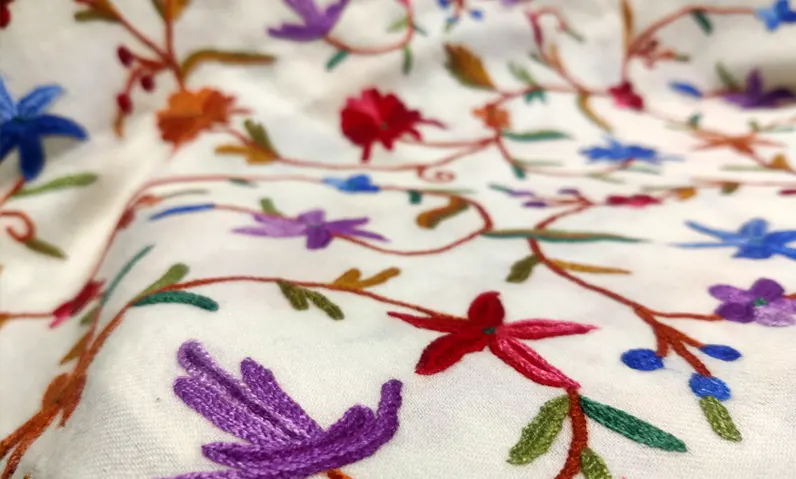
Bagru & Sanganer Print
RajasthanTwo of the most common printing styles in Rajasthan are the Bagru and Sanganer printing. Both of them originate from the Rajputs, but the regional touch makes each of them unique.
Sanganer block prints are primarily done on an off-white or pure white background with the use of wooden blocks with vibrant floral and geometric patterns. The intricate detailing sets them apart. Both chemical and vegetable dyes are used to create Sanganeri prints.
However, Bagru printing uses natural colours and is practiced by the ‘Chippa’ community in a small town in Rajasthan. Mastering two forms i.e. Dabu & Bagru prints, Bagru printed fabrics are known for their characteristic black and yellow ochre/cream colour combinations. Dabru prints, on the other hand, are created using a special resist technique and generous use of indigo.
These block prints today dominate the textile heritage of India and are the most loved fabric for their lively prints and motifs.
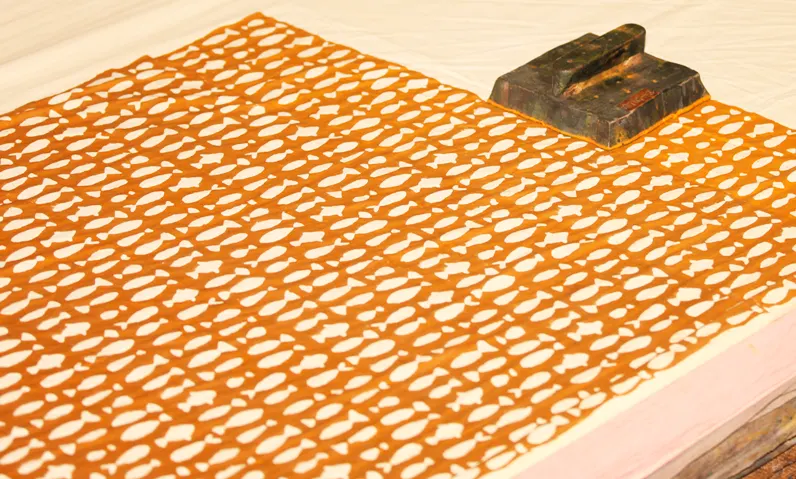
Bandhani
GujaratAn extraordinary form of tie & dye, bandhani is an absolutely skilled process, where the fabric is tied into small points with threads and when dyed, the knotted parts remain uncoloured, creating a stunning pattern. Apart from Gujarat, bandhani artisans are found in Tamil Nadu and Punjab too.
One of the earliest visual representations can be seen in the Ajanta caves and the splendid Bandhani work was started by the Khatri Community of Gujarat which is now adorned by everyone.
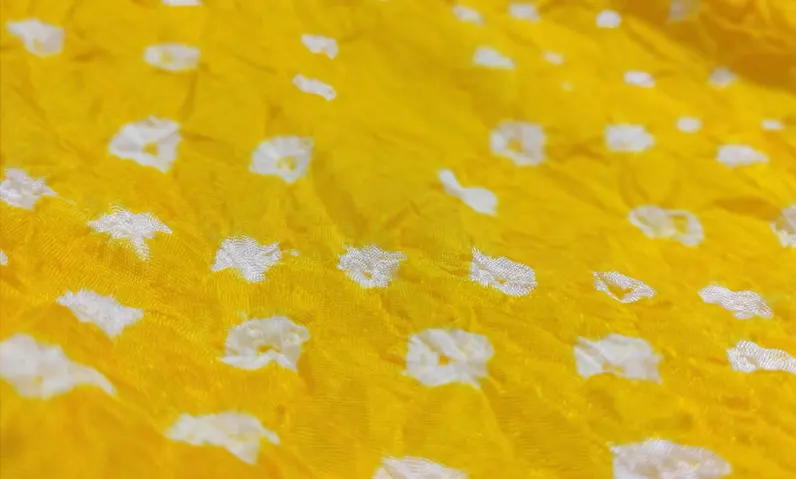
Kanjivaram
Tamil NaduWoven from pure mulberry silk with zari creating intricate designs, Kanjivaram silk sarees are the showstoppers in Indian weddings and festivities. Sage Markandeya, who, centuries ago, wove tissue from lotus fiber for the gods, is said to be the ancestor of Kanjivaram weaver communities. Through history, this royal fabric received patronage from royal families and Emperor Krishna Devaraya, supported the traditional weaver communities i.e. the Saligas and Devanghas, who then settled in Kanjivaram during the 16th century.
Rich deep colours with hints of gold, nature-based motifs, classic patterns, these silk sarees are known for their elaborate designs. Having one is an absolute must!
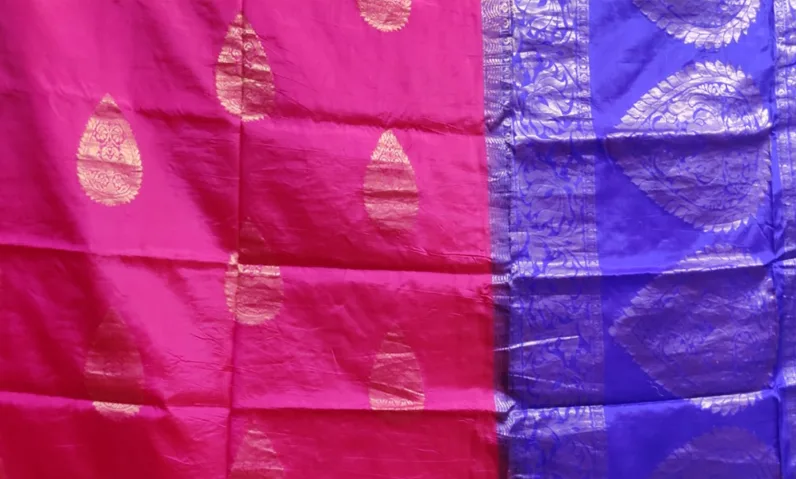
Kantha
West BengalThis wonderful fabric is a centuries-old tradition of stitching patchwork cloth from rags, which evolved from the rural women in the Bengali region - today known as the eastern Indian states of West Bengal and Orissa.
Origins can be traced back to the pre-Vedic age (prior to 1500 BCE), Kantha is made from the simplest stitch called the ‘running stitch’, used in different arrangements to create stunning designs. Over the years elaborate patterns developed, which now range from nature prints, animal, floral and even folk tales.
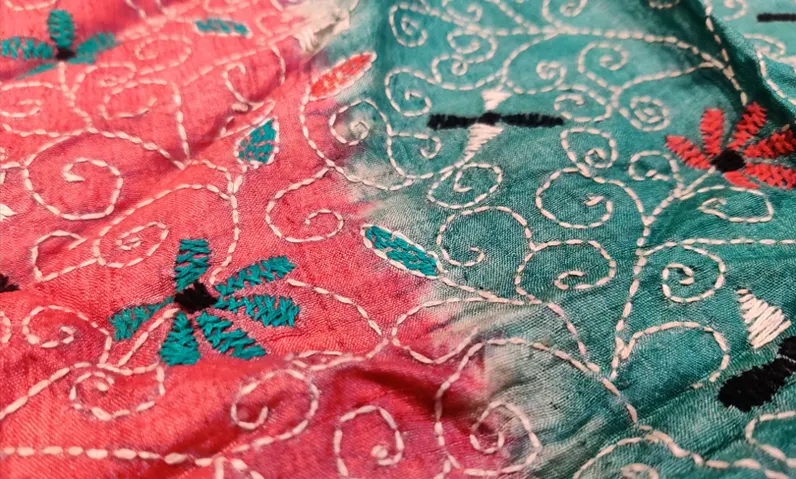
Kalamkari
Andhra PradeshKalamkari is an ancient style of hand painting done on cotton or silk fabrics, using natural dyes and a pen. Derived from the word ‘kalam’ which means a ‘pen’, there are two distinctive styles of Kalamkari art in India - the Srikalahasti style and the Machilipatnam style.
This was a household occupation for rural women and craftsmen in ancient times. The Srikalahasti style’s design inspiration is Hindu mythology while Machilipatnam style uses hand-carved blocks.
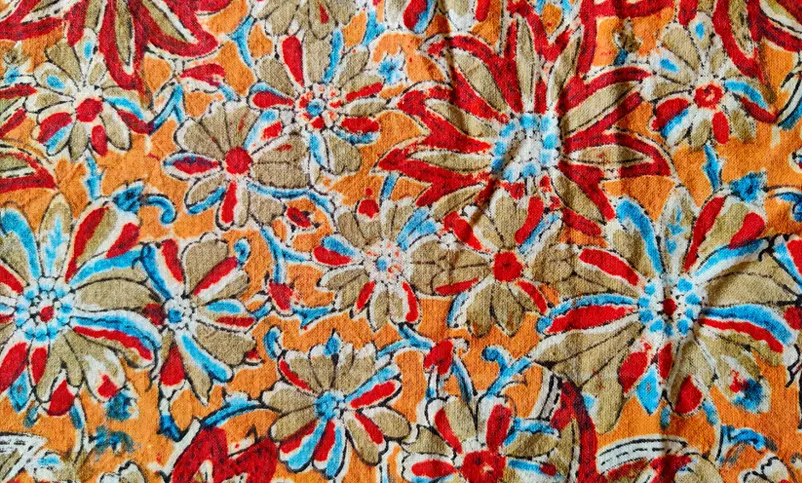
Chikankari Embroidery
Lucknow, Uttar PradeshThis elegant piece of embroidery finds its roots in the City of Nawabs, Lucknow. This is one of the most delicate forms of embroidery to be introduced by Noor Jehan, the wife of the Mughal emperor Jahangir. The simple and precise handwork gives it a classy yet modern look.
The word ‘Chikan’ comes from a Persian word derived from ‘Chic’, which referred to the ‘Jali’ work done on marble or wood. Earlier the work was done on muslin cloth, but today the work is carried out on georgette, chiffon, cotton and many other fabrics. This exceptional art of embroidery shall truly take your break away.
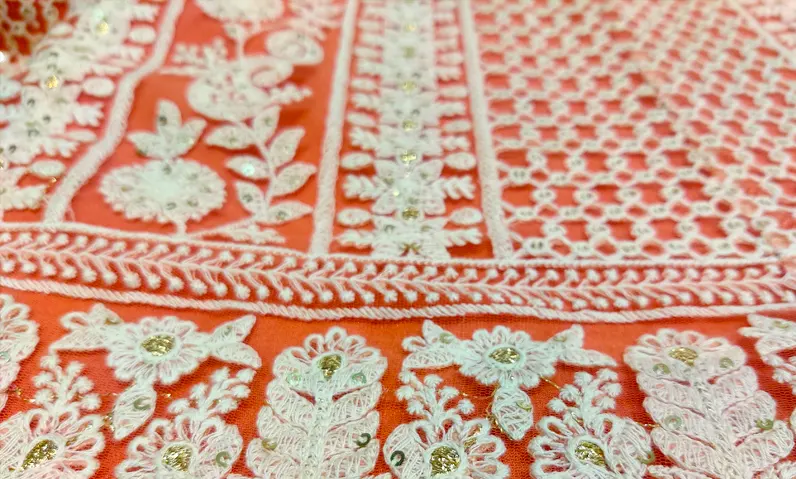
These are just some of the various forms of textiles, colours and techniques practised by artisans in India. There is so much more to discover. Every fabric and method is a true reflection of the importance of handcrafted art forms and the passion of the artisans who are weaving a legacy that is priceless.
